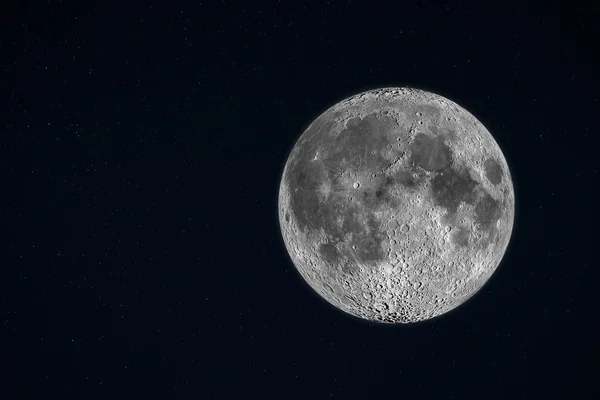
How can a lunar occurrence be rare and completely invisible? This week’s seasonal Black Moon is exactly that contradiction. The night of August 23, the moon will swing into its new phase the far side of the sun-lit moon turned completely away from Earth leaving behind an empty moon-sized gap in the sky. For astronomers and fans of the night sky, the absence of moonlight is no disappointment but a bonus.
The Black Moon is not an officially used term by astronomers, but it has also gained a similar popular following to its counterpart, the Blue Moon. This phenomenon itself is seasonal, i.e., the third new moon during an unusually four-month season. It appears approximately every 33 months, which makes it a great contribution to the lunar calendar. Even though the moon won’t be visible, the darkened skies will reveal to us celestial jewels normally overwhelmed by its light.
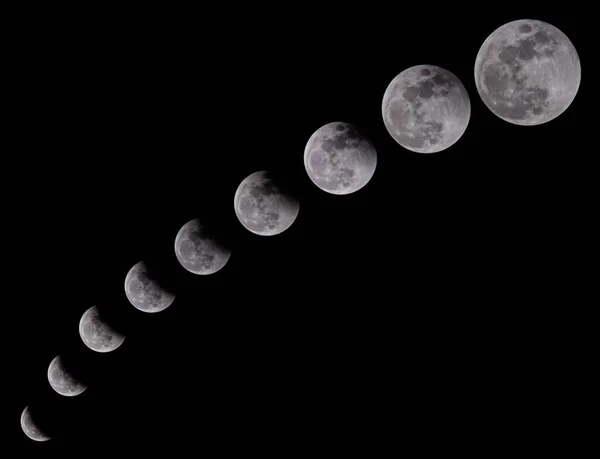
1. What Exactly Is a Black Moon?
Black Moon is a lay term, not a technical scientific term. It is “the timing of the lunar cycle with respect to our calendar” and not some physical alteration in the moon, Northeastern University astrophysicist Jonathan Blazek says. The lunar cycle itself lasts about 29.5 days, one day less than most calendar months, which leads to the occasional malfunctions.
There are three recognized definitions. The most recognized one is the second new moon of a calendar month, or monthly Black Moon. Another is the third new moon of a four-month season, and that is this week’s seasonal Black Moon. A still less frequent definition counts the months with no new moon at all, then those with two. All are curiosities of the intersection of human calendars and lunar motion.
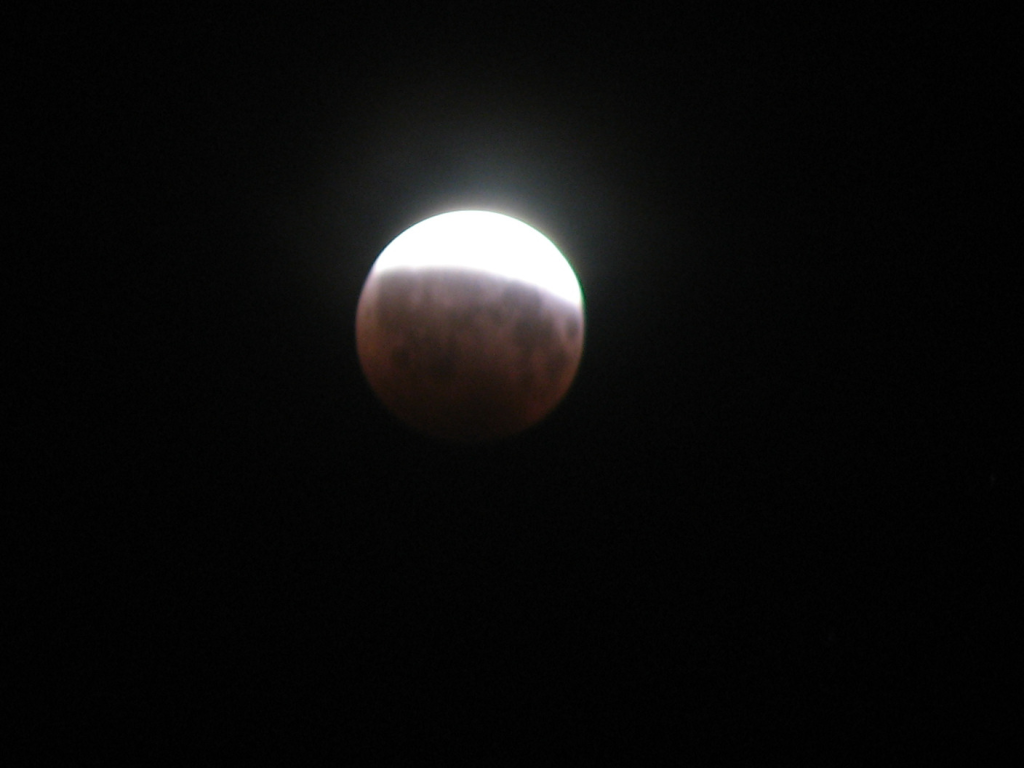
2. Why This Week’s Event Is Seasonal
Black Moon of August falls under the seasonal definition. Northern Hemisphere astronomical summer began June 21 and ends September 22. Normally three new moons would fall within that timeframe, but this year there are four: June 25, July 23, August 23, and September 21. Which leaves the August 23 one the third of the group and thus a Black Moon.
Seasonal Black Moons appear about once every 33 months. The last one happened on May 19, 2023, and the next will happen on August 20, 2028. Its rarity is due to the gap between the lunar cycle and the solar-powered seasonal calendar, which occasionally allows an “extra” new moon.
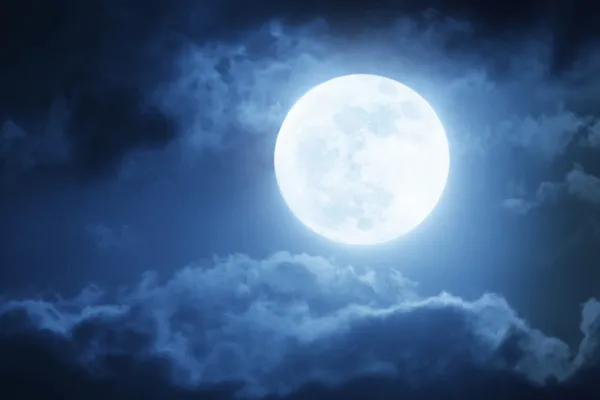
3. The Science Behind Its Invisibility
At a new moon, the moon is between Earth and the sun. The lit side is facing the sun, and the dark side is facing Earth. As NASA explains, the moon rises and sets with the sun at this point, so it can’t be spotted against the bright daytime sky.
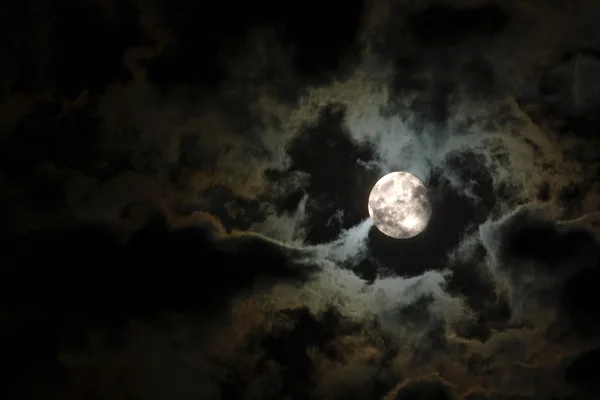
This invisibility is why the term “Black Moon” is even more literal than “Blue Moon.” There is nothing to be seen in the sky no shadow, no faint outline only the regular brightness of the moon missing. The outcome is an even darker night, something that can make other celestial bodies much brighter to see.
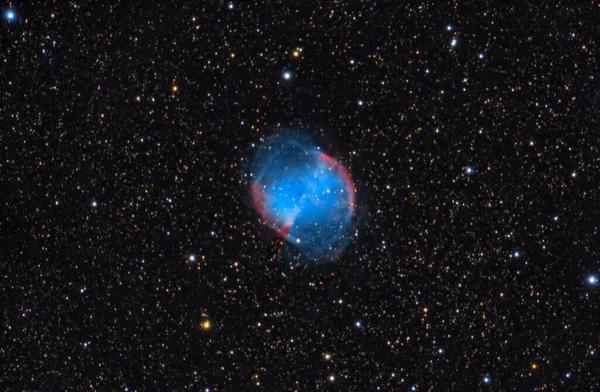
4. Stargazing Opportunities During a Black Moon
While the moon itself will not be visible, the lack of moonlight is ideal for viewing deep space. Without its illumination, subtle features of the Milky Way, distant star clusters, and nebulae are more pronounced. NASA mentions the Dumbbell Nebula (M27), which lies between the Altair and Deneb stars, as something to search for with a telescope.
This year’s Black Moon also coincides with the final phases of the Perseids meteor shower, which peak earlier in August but can still produce observable meteors by the 24th of August. Meteor observers at dark-sky locations may observe meteors and dense fields of stars on the same evening.
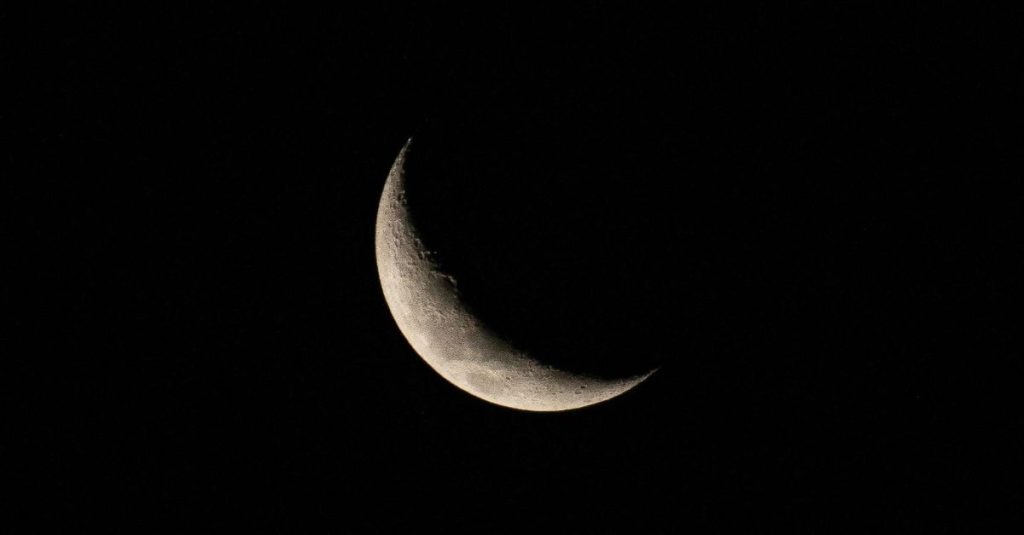
5. Folklore and Cultural Origins
Black Moon is a more recent term than “Blue Moon.” Blue Moon’s current definition was originally defined by folklorist Philip Hiscock tracing it back to an article in Sky & Telescope in 1946. Black Moon, however, appears to have been invented later, possibly in Wiccan traditions, as recalled by astronomer Sten Odenwald.
Being a non-astronomical official term, its definition varies with sources. Some mention the rare event of no new moon being present during a month, whereas others limit it to the monthly or seasonal definition. This flexibility in going along with its folk origin rather than scientific necessity.
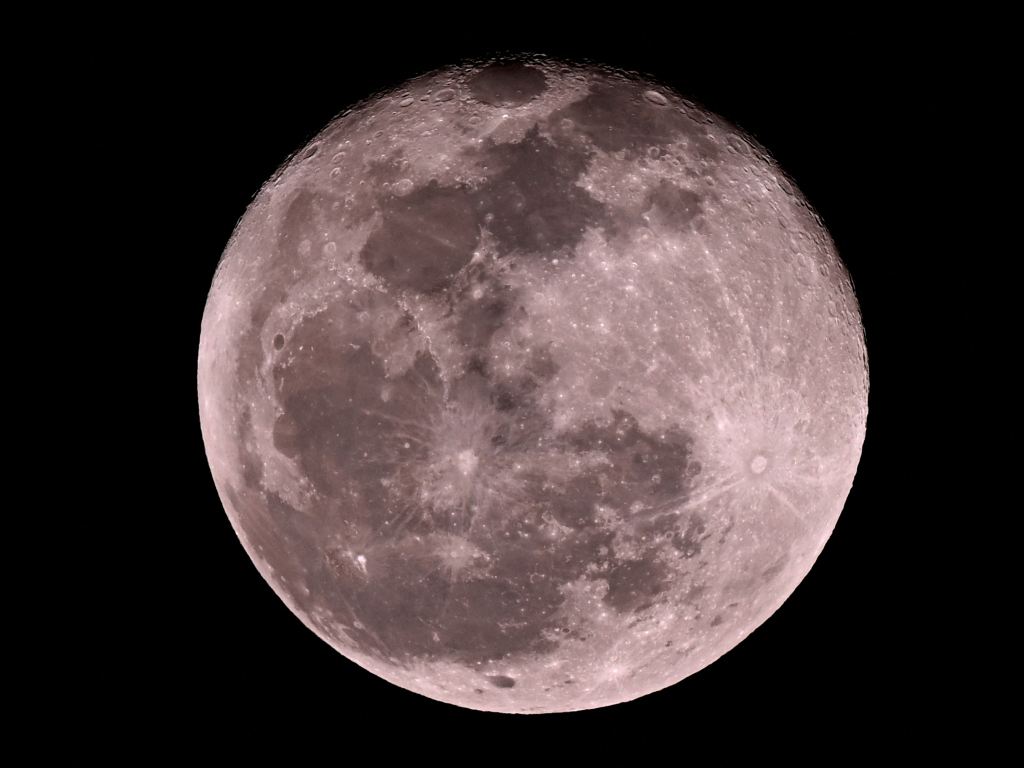
6. Fascinating Black Moons in the Past and the Future
Black Moons occur with predictable unpredictability. The last monthly Black Moon was December 30–31, 2024, and the next is August 31, 2027. Seasonal Black Moons, like last week’s, are rarer, the next being 2028.
There are also peculiar alignments to look forward to. On August 20, 2028, there will be a super Black Moon a new moon that falls at perigee, the moon’s closest point to Earth. In 2033, there will be a once-in-a-lifetime triple Black Moon year under the “no new moon” definition, giving us three qualifying events in rapid succession.
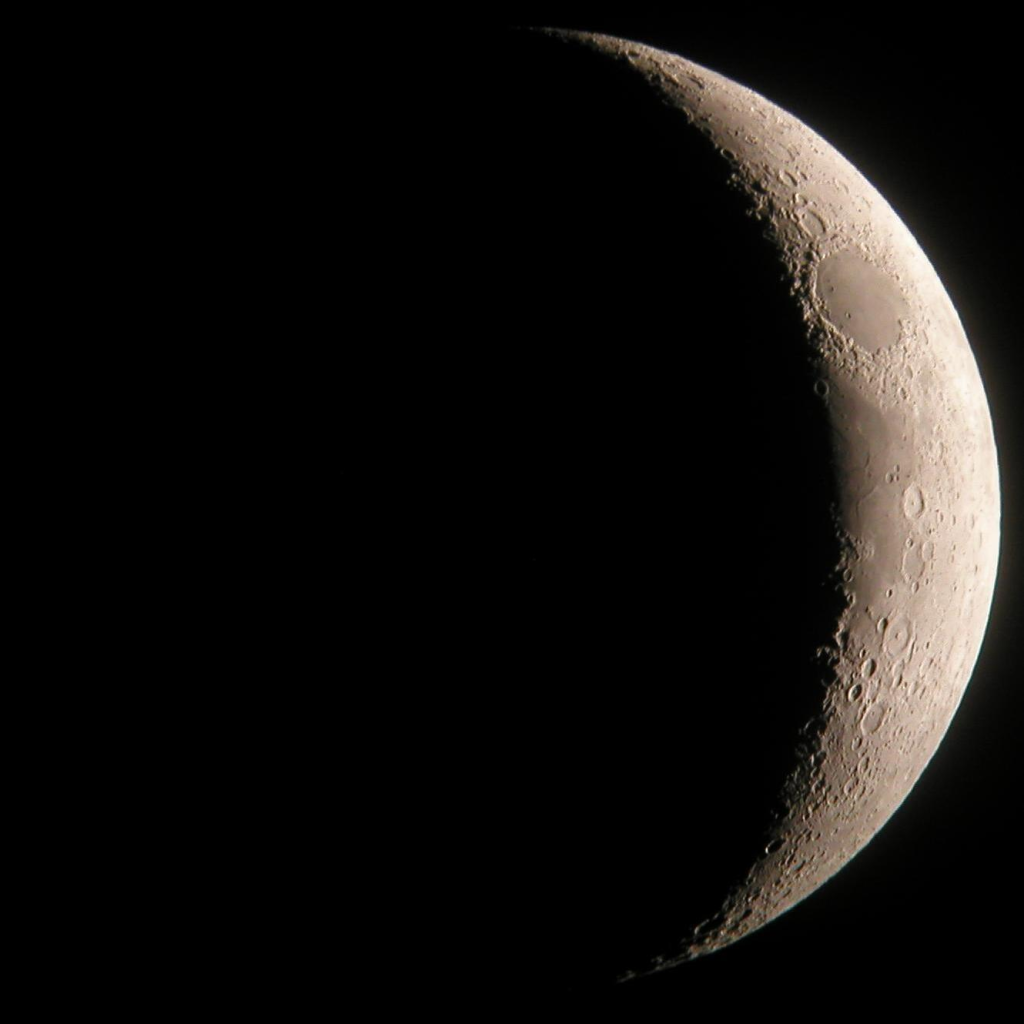
7. The Crescent’s Return
Though the Black Moon itself is invisible, its wake offers a delicate exhibition. On Aug. 24 and 25, a hair-thin crescent will appear low in the west shortly after sunset. It is the moon’s first reappearance since disappearing and one of the most challenging but rewarding lunar sights.
The crescent’s thin curve is illuminated by sunlight, and the balance of the lunar disk could be very faintly perceptible via earthshine reflected sunlight from the Earth on to the moon. The short lifetime of this phase is as beautiful as any full moon to most observers.
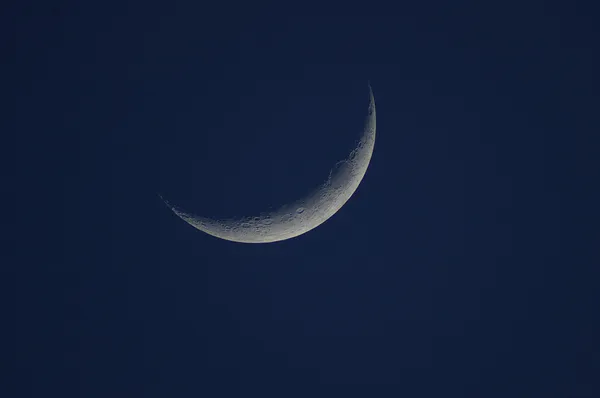
The Black Moon of August 23 is a reminder that all is not visible in the field of astronomy. There are times when it is what one does not see that speaks volumes about what is happening. For those who are willing to go out into the darkness of night, this invisible moon gives us a glimpse into the inner workings of the universe a night when the stars glow at their brightest.

